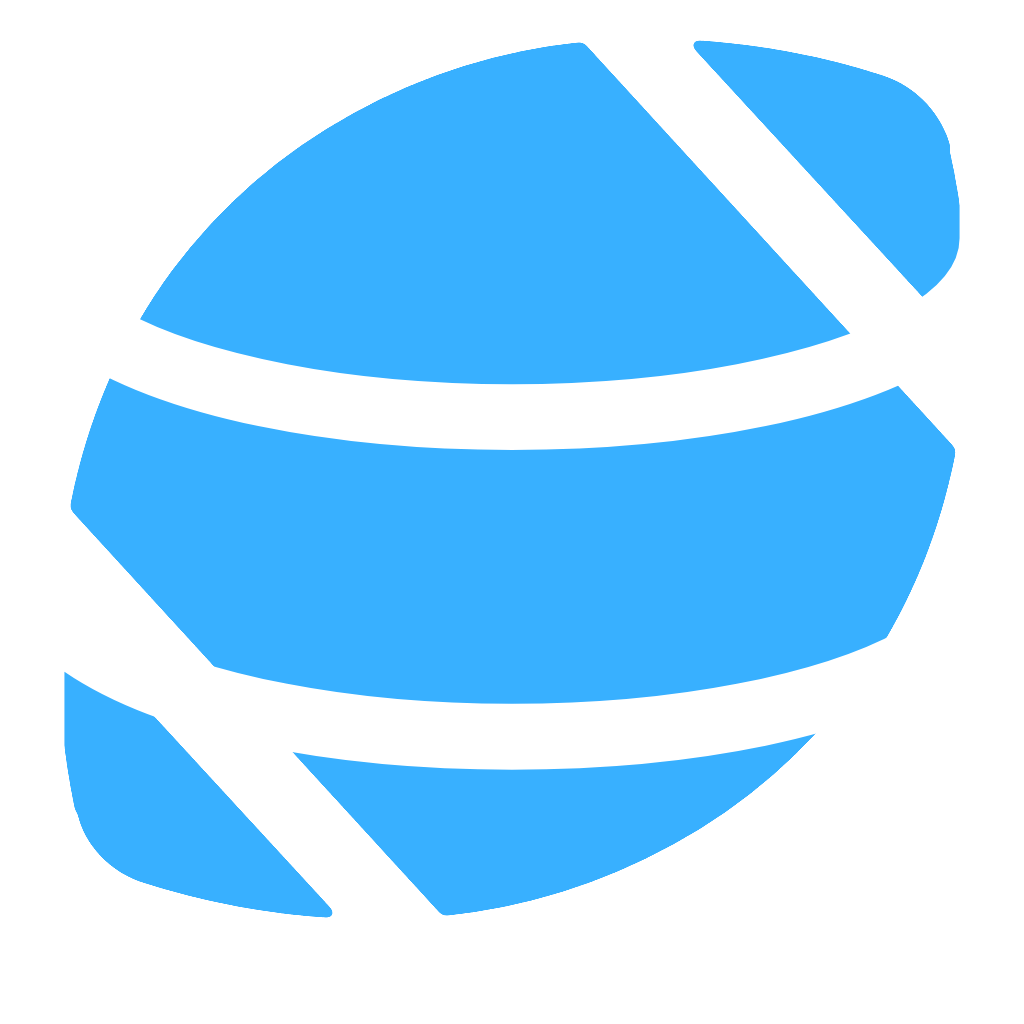Mock sample for your project: CROssBAR Data API
Integrate with "CROssBAR Data API" from ebi.ac.uk in no time with Mockoon's ready to use mock sample
CROssBAR Data API
ebi.ac.uk
Version: 1.0
Integrate third-party APIs faster by using "CROssBAR Data API" ready-to-use mock sample. Mocking this API will allow you to start working in no time. No more accounts to create, API keys to provision, accesses to configure, unplanned downtime, just work.
Improve your integration tests by mocking third-party APIs and cover more edge cases: slow response time, random failures, etc.
Description
About CROssBAR & data
CROssBAR: Comprehensive Resource of Biomedical Relations with Deep Learning Applications and Knowledge Graph Representations
CROssBAR is a comprehensive system that integrates large-scale biomedical data from various resources e.g UniProt, ChEMBL, Drugbank, EFO, HPO, InterPro & PubChem and stores them in a new NoSQL database, enrich these data with deep learning based prediction of relations between numerous biomedical entities, rigorously analyse the enriched data to obtain biologically meaningful modules and display them to the user via easy to interpret, interactive and heterogeneous knowledge graphs.
CROssBAR platform exposes a set of 12 endpoints to query data stored in the CROssBAR database. These endpoints help the user to find data of interest using different parameters provided by the API endpoint.
For example,
https://www.ebi.ac.uk/tools/crossbar/proteins?accession=A0A023GRW5 -> will provide protein information about accession 'A0A023GRW5' including its interactions, functions, cross-references, variations and more.
https://www.ebi.ac.uk/tools/crossbar/activities?moleculeChemblId=CHEMBL465983 -> will provide ChEMBL bio-interactions related information including targets and bio-activity measurements associated with molecule chembl id 'CHEMBL465983'
Knowledge graphs
Another use case of CROssBAR's API endpoints is in building knowledge graphs. These endpoints can be weaved together (output from one API endpoint fed as input to another API endpoint) programmatically to link nodes like protein, disease, drugs etc. as nodes of the graph. The endpoints are designed to be independent from each other which allows users the flexibility to drive biological networks from any facet e.g drug-centric, disease-centric, gene-centric etc. Our service for knowledge graph construction is available at https://crossbar.kansil.org.
An example for the part of the background queries on the CROssBAR API during the construction of a knowledge graph,
(with the aim of keeping the example simple, we have only included the processes related to pathways, genes/proteins and drugs/compounds)
In this example, we would like to find bio-active compounds (with a pChEMBL value threshold of at least 6.0) & drugs targeting all proteins belonging to "WNT ligand biogenesis and trafficking" pathway (based on Reactome pathway annotations).
This can be achieved by using endpoints listed on this swagger documentation as illustrated in following steps-
Find bio-active compounds (with a pChEMBL value threshold of at least 6.0) & drugs targeting all proteins belonging to "WNT ligand biogenesis and trafficking" pathway (based on Reactome annotations)
This can be achieved by using endpoints listed on this swagger documentation as illustrated in following steps-
Get all proteins from “/proteins” API endpoint which have a reactome pathway name equal to "WNT ligand biogenesis and trafficking".
From the collection of uniprot protein accessions collected from step 1 above, we query “/targets” API endpoint to obtain the ‘targetchemblid’s of these proteins.
From the collection of targetchemblids collected from step 2 above, we query “/activities” API endpoint with pChEMBL value >=6, to obtain the ’moleculechemblid’s of the molecules that we need.
From the collection of uniprot protein accessions collected from step 1 above, we find out Drug names and ids from the “/drugs” API endpoint that targets our proteins.
From the collection of ’moleculechemblid’s obtained in step3, we query “/molecules” endpoint to get the compounds that are interacting with the genes/proteins belonging to the “WNT ligand biogenesis and trafficking” pathway.
Other APIs in the same category
Open Policy Agent (OPA) REST API
API specification viewing options
View the specification in Redoc (default)
View the specification in Swagger UI
Transport Department, Haryana

Bhagavad Gita API
Transport Department, Jharkhand

College Football Data API
Climate FieldView Platform APIs
All endpoints are only accessible via HTTPS.
All API endpoints are located at https://platform.climate.com (e.g.
https://platform.climate.com/v4/fields).
The authorization token endpoint is located at
https://api.climate.com/api/oauth/token.
Troubleshooting
X-Http-Request-Id response header will be returned on every call,
successful or not. If you experience an issue with our api and need
to contact technical support, please supply the value of the X-Http-Request-Id
header along with an approximate time of when the request was made.
Request Limits
When you’re onboarded to Climate’s API platform, your x-api-key is assigned a custom usage plan. Usage plans are unique to each partner and have the following key attributes:
Throttling information
burstLimit: Maximum rate limit over a period ranging from 1 second to a few seconds
rateLimit: A steady-state rate limit
Quota information
Limit: The maximum number of requests that can be made in a given month
When the request rate threshold is exceeded, a 429 response code is returned. Optionally, the Retry-After header may be returned:
Following are examples of rate limit errors:
Rate limit exceeded:
HTTP/1.1 429
Content-Type: application/json
Content-Length: 32
{"message":"Too Many Requests"}
Quota exhausted:
HTTP/1.1 429
Content-Type: application/json
Content-Length: 29
{"message":"Limit Exceeded"}
Pagination
Pagination is performed via headers. Any request which returns a "results"
array may be paginated. The following figure shows how query results are laid out with
X-Limit=4 and no filter applied.
If there are no results, a response code of 304 will be returned.
If the response is the last set of results, a response code of 200 or
206 will be returned.
If there are more results, a response code of 206 will be returned.
If X-Next-Token is provided in the request headers but the token has
expired, a response code of 409 will be returned. This is only applicable
for some endpoints; see specific endpoint documentation below.
X-Limit
The page size can be controlled with the X-Limit header. Valid values are
1-100 and defaults to 100.
X-Next-Token
If the results are paginated, a response header of X-Next-Token will be
returned. Use the associated value in the subsequent request (via the X-Next-Token
request header) to retrieve the next page. The following sequence diagram shows how to
use X-Next-Token to fetch all the records.
Chunked Uploads
Uploads larger than 5MiB (5242880 bytes) must be done in 5MiB chunks
(with the exception of the final chunk). Each chunk request MUST contain a
Content-Range header specifying the portion of the upload, and a Content-Type
header specifying binary content type (application/octet-stream). Range
uploads must be contiguous. The maximum upload size is capped at 500MiB (524288000 bytes).
Chunked Downloads
Downloads larger than 5MiB (5242880 bytes) must be done in 1-5MiB
chunks (with the exception of the final chunk, which may be less than 1MiB).
Each chunk request MUST contain a Range header specifying the requested portion of the download,
and an Accept header specifying binary and json content types (application/octet-stream,application/json)
or all content types (/).
Drivers
If you need drivers to process agronomic data, download the ADAPT plugin below. We only support the plugin in the Windows environment, minimum is Windows 7 SP1.
For asPlanted, asHarvested and asApplied data:
ADAPT Plugin
Release notes can be found here.
Download and use of the ADAPT plugin means that you agree to the EULA for use of the ADAPT plugin.
Please review the EULA (last updated on June 6th, 2019) before download and use of the ADAPT plugin.
For more information, please refer to:
ADAPT Resources
ADAPT Overview
ADAPT FAQ
ADAPT Videos
Sample Test Data
Sample agronomic data:
asPlanted and asHarvested data
asApplied data set 1
asApplied data set 2
To upload the sample data to your account, please follow the instructions in this link.
Sample soil data:
Sample soil data
Uttarakhand State Board of School Education, Uttarakhand
COVID19 Stats
United India Insurance Company Limited
The Oriental Insurance Co. Ltd.

GlobalWineScore API Documentation
For further information please refer to our plans.
Authentication
The API uses token-based authentication.
In order to authenticate your requests, you need to include a specific header in each of your requests:
The word Token must be written. Your requests must also use the HTTPS protocol.
If you don't have a token yet, you need to apply for one here.
Your personal token can be found under the My account > API section of the GlobalWineScore website
Format
The API provides several rendering formats which you can control using the Accept header or format query parameter.
JSON (default): no header or Accept: application/json
XML: Accept: application/xml
Rate limiting
For API requests, the rate limit allows for up to 10 requests per minute.
Error handling
Whether a request succeeded is indicated by the HTTP status code. A 2xx status code indicates success, whereas a 4xx status code indicates failure.
When a request fails, the response body is still JSON, but always contains a detail field with a description of the error, which you can inspect for debugging.
For example, trying to access the API without proper authentication will return code 403 along with the message:
{"detail": "Authentication credentials were not provided."}
Found a bug ? send us an email at [email protected]
Ordering
At the moment, GlobalWineScores may be sorted by date and score. Use "-"
to sort in descending order.
Continuous synchronization
If you need to synchronize your database with our API, you can query our API using ?ordering=-date to get the newest scores first, which means you won't have to crawl the whole catalog every time :-)
Quick search interface
If you need to search our catalog (e.g. to align it with yours), we're providing you with a handy interface accessible here: https://api.globalwinescore.com/search/
You need to be logged in (email/password) to access this page, but other than that you can share it with anyone in your team and start searching right away !
Resources
The details about available endpoints can be found below.
You can click on each endpoint to find information about their parameters.